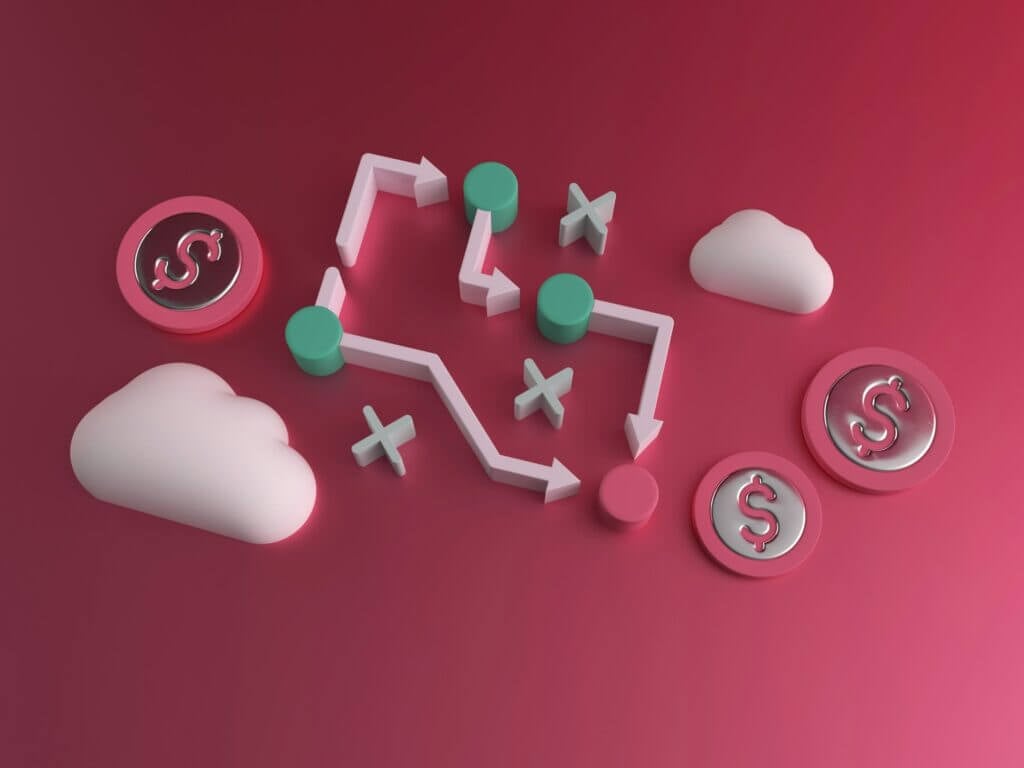How Small Transactions Power Big Platforms
Across the world, and especially in Australia, micropayments are now an everyday behavior. Small, frequent charges run quietly in the background of apps, games, transport, and subscriptions. No cart. No long checkout. The spending happens, and you keep going.
Teams are building for sub-five-dollar transactions on purpose. The amount matters less than the flow. If you barely notice the payment, the design worked.
Table of Contents
Everyday Examples Of Invisible Spending

Micropayments show up in familiar places.
A couple of dollars for a one-off article.
Ninety-nine cents for a photo filter.
A quick tip during a livestream. Each charge feels like part of the action, not a pause.
Some platforms push it further and hide the surface. Wallets auto-preload. Balances update without prompts. The goal is zero friction so spending can happen on the fly.
- Transport services rounding up fares to the nearest dollar
- Gaming apps offering $0.99 in-app currency packs
- Creators monetizing one-time access with micropay links
These systems don’t need heavy infrastructure. They need trust. Once people trust the rail, small payments fade into the experience.
Where Low-Friction Payments Are Already Optimized
Some sectors refined micro-spend mechanics early. Digital wagering is one of them. The model favors instant execution, tiny stakes, and uninterrupted sessions. Many gambling platforms, including Royal Reels casino, let users start with a dollar and fund accounts on fast rails that match user tempo.
Some casino sites allow real-money access to games with minimal deposits or users can get Royal Reels Australia bonus without any payments. Pokies start from just a dollar, and the Royal Reels game library features hundreds of online slots available from popular providers. Most pokies online support instant funding via PayID or Neosurf and run background checks without interrupting transactions.
| Platform | Minimum Bet | Minimum Deposit | Payment Methods |
|---|---|---|---|
| Royal Reels | $0.20 | $1 | PayID, Neosurf, Bitcoin |
| Playamo | $0.10 | $5 | Visa, MiFinity, POLi |
| Woo | $0.25 | $5 | Mastercard, Jeton, Crypto |
The takeaway is simple. When speed and usability remove lag, the payment becomes part of the session. Not a break from it.
Adoption By Major Service Brands
Larger companies now embed micropayments into flows with thousands of tiny interactions per hour. Spotify offers Premium access per day instead of a monthly block. Zip lets shoppers tap now and settle later without triggering a full payment on the spot. Supermarkets auto-apply loyalty balances and make small offset deductions.
This is design, not luck. You do nothing special. No extra screen. No confirm button. The charge runs and the service continues.
| Company | Feature | Spend Range |
|---|---|---|
| Spotify | Daily Premium billing | $0.99 |
| Zip | Contactless delayed payment | $2–$10 |
| Woolworths | Automatic loyalty use | $5–$20 |
Keep the transaction out of the spotlight and people stay focused on the job to be done. That cuts drop-offs and boosts repeat use. Digital goods like music, ebooks, and short content benefit most from one-click designs. Even retailers with physical goods test micro-adjustments for rounding or rewards.
Design Risks And User Expectations

Invisible billing raises the bar. It must be fast and correct. Delayed charges, unclear totals, or accidental purchases create churn. Most systems rely on automatic confirmations, and those must be accurate. Missed receipts or balance glitches kill trust quickly.
People forgive tiny spends. They do not forgive systems that feel unclear. For micropayments to scale, transparency must sit right behind the curtain. Quiet is not the same as hidden.
- All micro-transactions need timestamped receipt entries
- Optional spend limits should be easy to set and adjust
- Refund flows must support small-value requests without friction
These controls do not slow anything down. They make speed sustainable. Offer oversight as an option and you earn trust while keeping the surface clean.
As frictionless billing spreads, payment stops feeling like a moment and becomes a motion. On many platforms this shift already happened quietly. The spend is no longer the event. It is part of the flow.